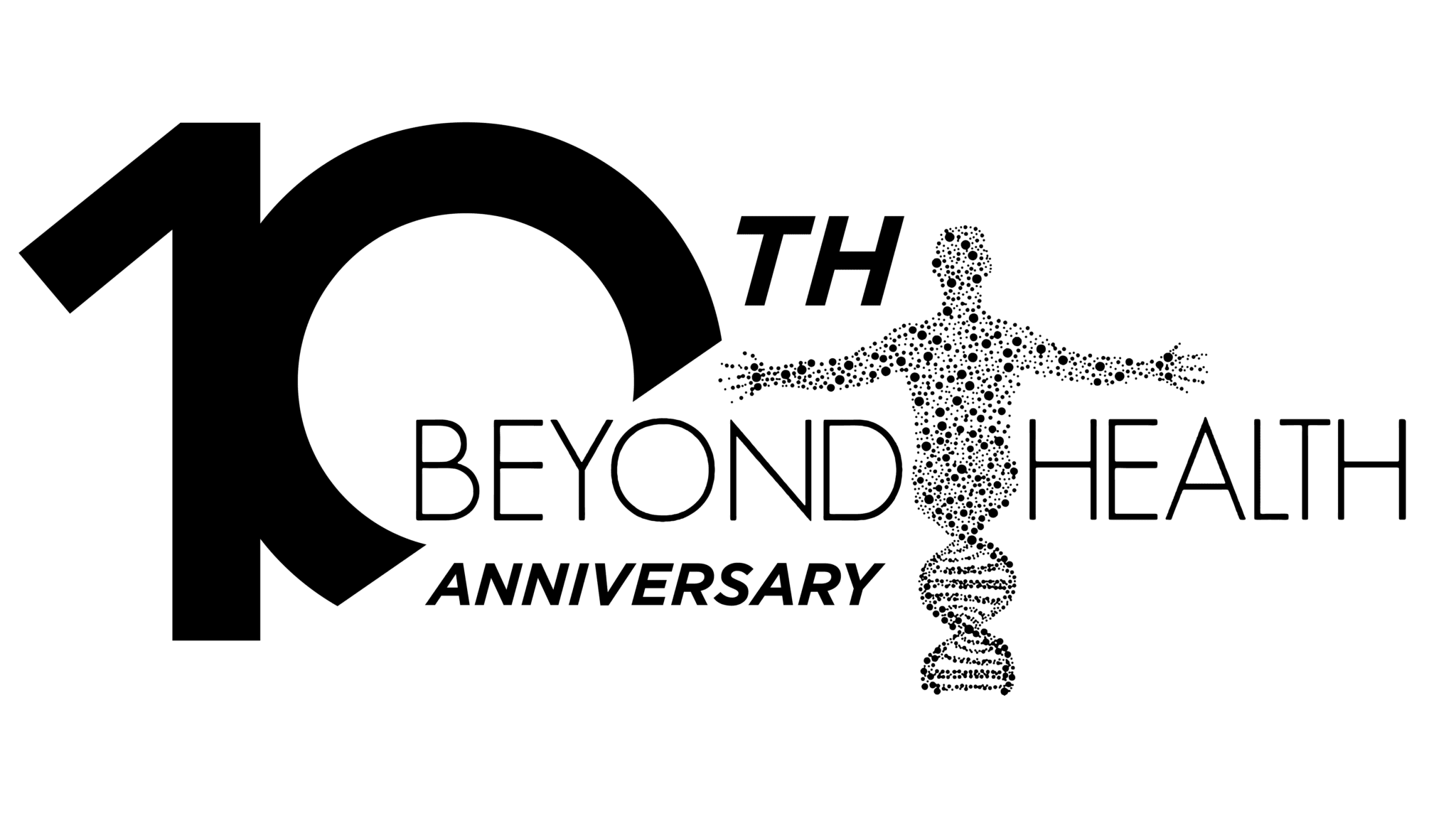Everything you ever wanted to know about the prostate and BPH … but were afraid to ask. What’s the one thing 50% of men ages 51-60 (and 8% of men in their 40s) have in common? A condition commonly known as enlarged prostate or benign prostatic hypertrophy (BPH). While the risk of BPH does increase with age, the condition affects different men, well, differently. Some men experience troubling symptoms and disease states, while others do not. Wondering what is the prostate, when you should worry about prostate health, and how to treat BPH? Read on!

What is the meaning and function of the prostate?
The prostate is a small gland (about the size of a walnut or ping pong ball), which weighs around 30-35 grams when full size and healthy. The prostate is located below the bladder and in front of the rectum. The urethra, the narrow tube that transports urine and semen out of the bladder, passes directly through the middle of the prostate.
So, what is the purpose of the prostate? The primary function of the prostate is to produce a fluid that supports healthy sperm production and helps transport seminal fluid through the urethra.
What causes an enlarged prostate and what are the symptoms of BPH?
Benign prostatic hypertrophy or enlarged prostate commonly occurs to men as they age. While the exact cause of an enlarged prostate isn’t known, a study published in the journal Scientific Reports revealed that “testosterone levels are negatively correlated with prostate volume (PV), and BMI, waist circumference and insulin are negatively correlated with PV in older patients. In addition, men with low testosterone developed a larger prostate than men with normal testosterone.”
Many of the symptoms of enlarged prostate are related to urine flow and frequency. That’s because as the prostate grows it can put pressure on the urethra, thus impeding the ability to urinate normally.
Symptoms of BPH include:
- Weak urine stream, where urine stops and starts or dribbles.
- More urgent and/or frequent urination in men.
- Need to urinate frequently at night (nocturia).
- Painful urination in men.
- Trouble initiating urination.
- Difficulty emptying the bladder entirely.
While less common, other symptoms of an enlarged prostate may include infections of the urinary tract, bloody urine, inability to urinate, and rarely, bladder stones and kidney failure.
This tie between BPH and kidney failure has prompted some men to ask what are the prostate diseases of the kidney? The inability to effectively expel urine from the body can put stress on the kidneys over time. Left unchecked, conditions like BPH that obstruct urine flow can lead to kidney damage and renal failure.
When should you start getting regular prostate exams?
Most doctors recommend that men undergo regular prostate exams as they age, especially since early detection of prostate cancer is one of the best ways to combat the disease. In addition, if you have symptoms of BPH or prostate cancer, you should schedule a prostate exam as soon as possible.
According to the American Cancer Society, men with an average risk for prostate cancer should be screened for prostate cancer starting at age 50. Men at high risk—including African American men and those who have a first degree relative who was diagnosed with prostate cancer before age 65—should be screened starting at age 45. Men who have had a first degree relative diagnosed with prostate cancer at an early age should be screened starting at age 40.
How does a doctor check your prostate?
During a prostate exam, the practitioner will ask you a series of questions about your health and any symptoms or concerns you have and perform tests to screen for BPH, prostate cancer and other prostate issues like prostatitis. These tests may include:
- Digital rectal exam (DRE), where the practitioner inserts a gloved finger into the rectum to check if the size and shape of the prostate are normal.
- Urine test to rule out infection and other conditions.
- Blood tests to check if kidneys are functioning properly and rule out other conditions.
- Cystoscopy where a tiny, lighted instrument is inserted into the urethra to inspect the condition of the urethra and bladder.
- Prostate specific antigen (PSA) blood test, to determine if PSA (a protein produced in the prostate) levels are normal. Elevated PSA levels occur when you have BPH (enlarged prostates produce more PSA), but may also result due to a medical procedure, surgery, infection, prostatitis and prostate cancer.
- Alpha blockers are designed to relax muscles in the prostate to promote urine flow. Common alpha blockers prescribed for BPH include the selective A-1 blockers terazosin (Hytrin), doxazosin (Cardura), tamsulosin (Flomax), alfuzosin (Uroxatral) and silodosin (Rapaflo). According to the Cleveland Clinic, while selective A-1 blockers have fewer systemic side effects than non-selective alpha blockers, the side effects of alpha blockers in the selective A-1 category may include low blood pressure, dizziness, sexual dysfunction and priapism (erection lasting longer than 4 hours).
When a patient has elevated levels of PSA, the practitioner may also perform a biopsy to rule out prostate cancer. In 2011, the FDA also warned that 5-ARIs may increase the risk of a more serious form of prostate cancer.
Ultimately, the best treatment option for benign prostatic hypertrophy (BPH) or enlarged prostate should be based on your unique health needs and the recommendations of a licensed healthcare professional.
Be sure to ask your practitioner about all available options to treat BPH.
Call Beyond Health to make an appointment to discuss your personal health plan.

